Let’s face it: Some crops are just easier to grow than others. Check out this list of a dozen easy vegetables to grow for a good harvest. They’re the perfect crops for beginning gardeners!
Originally published in February 2014; this post has been updated.
If you’re new to growing vegetables, keep it simple and stick with options that are sure to leave you feeling successful at the end of your first official growing season.
These easy to grow vegetables offer great odds and are some of the easiest to add to your vegetable garden, assuring a successful garden harvest. Unless otherwise noted, these crops can easily be direct seeded in the garden.
New to gardening? Limited on space? The 5-Gallon Garden gives you the skills you need to grow food in the space you have. Get started with your garden today!
Cool Season Vegetable Crops
Cool season veggies can generally be planted in spring as soon as the soil can be worked, and again in the fall. They don’t do so well during the hot months of summer. As long as you remember that these crops prefer cool weather, you’ll find these veggies to be worth a spot in your garden.
 Radish
Radish
Radishes are one of the easiest vegetables to grow — they’re especially good when planting a garden with children. You can sow seeds directly in garden beds, they sprout easily and quickly, and can be harvested in just three to four weeks. Almost instant success!
Grow Some Greens!
Ready to grow fresh greens, no matter WHERE you live? Sign up for my
FREE quick-start guide and start growing some of your own food!
Make successive plantings every 10-14 days through mid-Spring for continuous harvest. Radish leaves are edible, too. [Buy seeds]
Arugula
This spicy green grows easily in pots. Let some of the plants go to seed and you’ll find it popping up all over the place. An easy to grow vegetable that also sows itself? Double win! It can be served raw in simple salads or cooked, but perhaps our favorite way to use it is scattered atop a fresh homemade pizza. [Buy seeds]
Snow Pea and/or Sugar Snap Pea
Snow peas have edible pods and should be harvested just as you can see the seeds forming inside for the most tender crop. Sugar snap peas get a bit fatter, but you eat the pod with this variety, too.
Sugar snap peas are vining and require the support of a trellis. Snow peas come in both “bush” varieties that don’t require support, or vining varieties. [Buy seeds]
Swiss chard
Grown for both its greens and the stalks, Swiss chard is easy to grow and it can be continuously harvested for months. It’s a great option for growing in pots, too. [Buy seeds]
>>More on growing Swiss chard<<
Green onions
Plant seeds or — easier — pop the roots from purchased green onions underground. They’ll sprout again, and you can trim off green stems as you need them. [Buy seeds]
Easy Vegetables to Grow in the Summer
These are crops that love the sun. No matter how excited you are for fresh summer veggies, planting them out too soon will just frustrate you. Growing vegetables can be a lesson in patience as you wait for your last spring frost date!
A tomato plant set out to get a “head start” in early April when it’s still too cold for it to thrive will not produce any earlier than a plant set out in late May when the weather is at its peak.
Plus, you’ll risk losing those early plants to a late frost. (Trust me. I’ve tried.)
Tomato
You can grow Roma tomatoes for cooking, big tomatoes for slicing, or tiny cherry tomatoes for snacking your way through the garden. Tomato plants come in two forms: determinate and indeterminate.
- Determinate plants stay compact—about three to four feet in height—and the fruit ripens at roughly the same time. These are a good choice for space-challenged urban gardeners.
- Indeterminate varieties are more vining, and continue to grow and produce fruit until frost kills them. They can get quite large and need support.
Start seeds indoors and transplant seedlings. [Buy seeds]
Summer Squash
Zucchini is probably the most recognizable summer squash, but there are also crookneck and patty pan varieties that produce prolifically, arguably winning the top ‘easy to grow’ gardening award. Most can take up a fair bit of real estate in your garden—give them about four square feet—but patty pan plants stay a bit more compact.
Once squash plants start producing, you will need to harvest daily. Zucchini and other summer squash are most tender when they’re about 6″ long, or in the case of patty pan varieties, 2-3″ across. Squash blossoms are also edible.
To plant, create a flat-topped mound, roughly two feet in diameter and plant three seeds, equally spaced, in each mound. [Buy seeds]
Basil
Okay, so basil is an herb. But what’s a summertime garden without it? I’ve had the most success direct seeding basil in the garden once the soil has really warmed up. Say, June. Once it gets growing, you can snip leaves for months and months. Let a few go ahead and flower – the bees love it.
Transplant seedlings in the garden once the ground warms. Basil tends to reseed itself, so watch for tiny seedlings if your plants begin producing flower heads and seeds. [Buy seeds]
Beans
Green beans come in both bush and pole varieties. Bush beans stay compact and close to the ground, reaching only 1 to 2 feet in height. Pole varieties need support and can grow 6 to 8 foot high. No matter; they’re one of the easiest vegetables to grow!
Once they start producing, you’ll be able to harvest green beans every few days for weeks. For fun, try a purple variety. (They turn green when you cook them.)
If you’d like to try your hand at growing beans for drying (such as pinto or kidney beans), those grow similarly. You’ll let them mature and begin to dry on the vine before harvesting.
Direct sow bean seeds in the garden after your last frost. [Buy seeds]
Peppers
While the standard bell pepper plants you can find at most nurseries (think: Bell Boy) can be a bit persnickety, requiring a long season to mature, I’ve had really good luck with a hybrid called Gypsy. These bell peppers mature earlier and the plants are prolific.
Hot peppers have similar growing requirements and are generally very easy to grow, so get ready for salsa.
Start seeds indoors and transplant seedlings. [Buy seeds]
>>More on growing hot peppers<<
Tomatillo
Also called husk tomatoes, these are easy vegetables to grow and the fruit is insect resistant, since it’s encased in a protective husk. They grow similarly to a tomato plant and can benefit from a little support. Once established in your garden, don’t be surprised if you find volunteer plants popping up next season. Use them to make this tomatillo salsa.
Start seeds indoors and transplant seedlings. [Buy seeds]
>>More on growing tomatillos<<
Cucumber
There are cucumber varieties for pickling and others that are well-suited for fresh eating, but both are easy vegetables to grow. You can let cucumbers vine across the ground or climb a structure. They’ll produce pretty prolifically for several weeks; consider succession planting every couple of weeks to ensure a continuous harvest.
Build up a long mound in the garden, flatten it on top, and direct sow seeds every six inches. [Buy seeds]
Choose What Thrives in YOUR Region
*Now mind you, your region will impact the ease with which you can grow these vegetables. For instance, most gardeners know all too well the blessing/curse of Too Much Zucchini, but I struggle with it here in the tropics.
Talk to a friendly gardening neighbor to find out what they are having success with, or contact your local cooperative extension office and ask a Master Gardener.
Not much space, but still want to garden? Use these container growing techniques.
What are the easiest vegetables to grow in your garden?
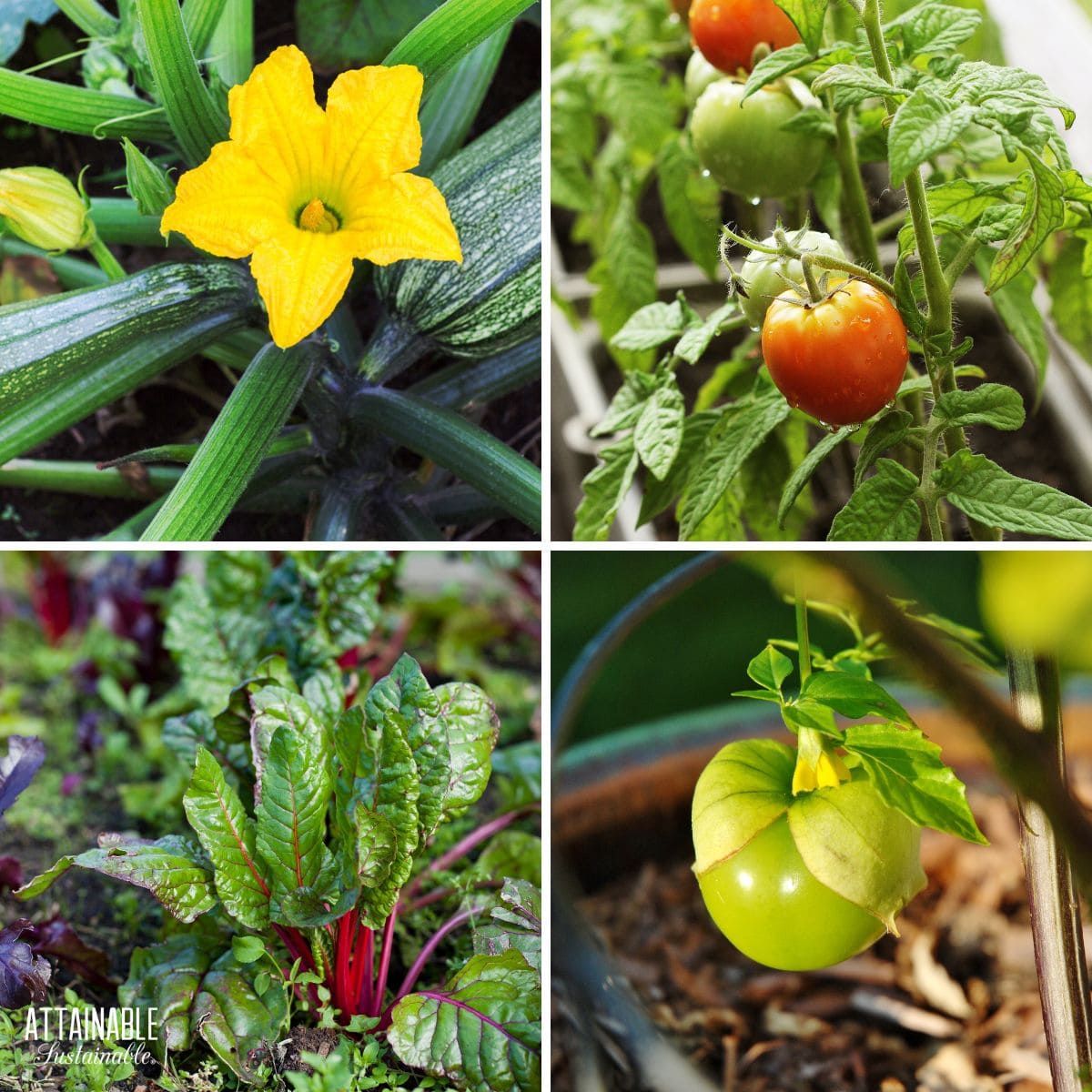

 Radish
Radish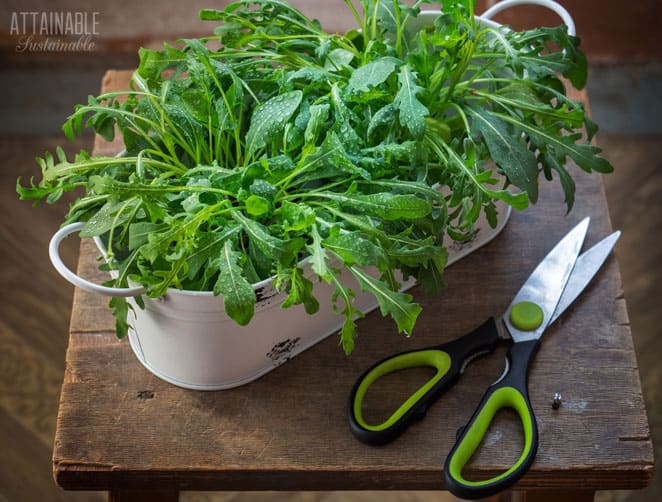
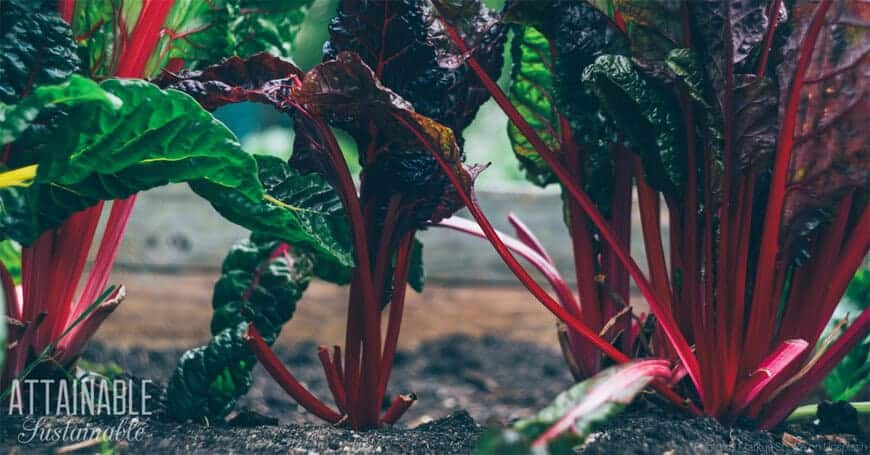
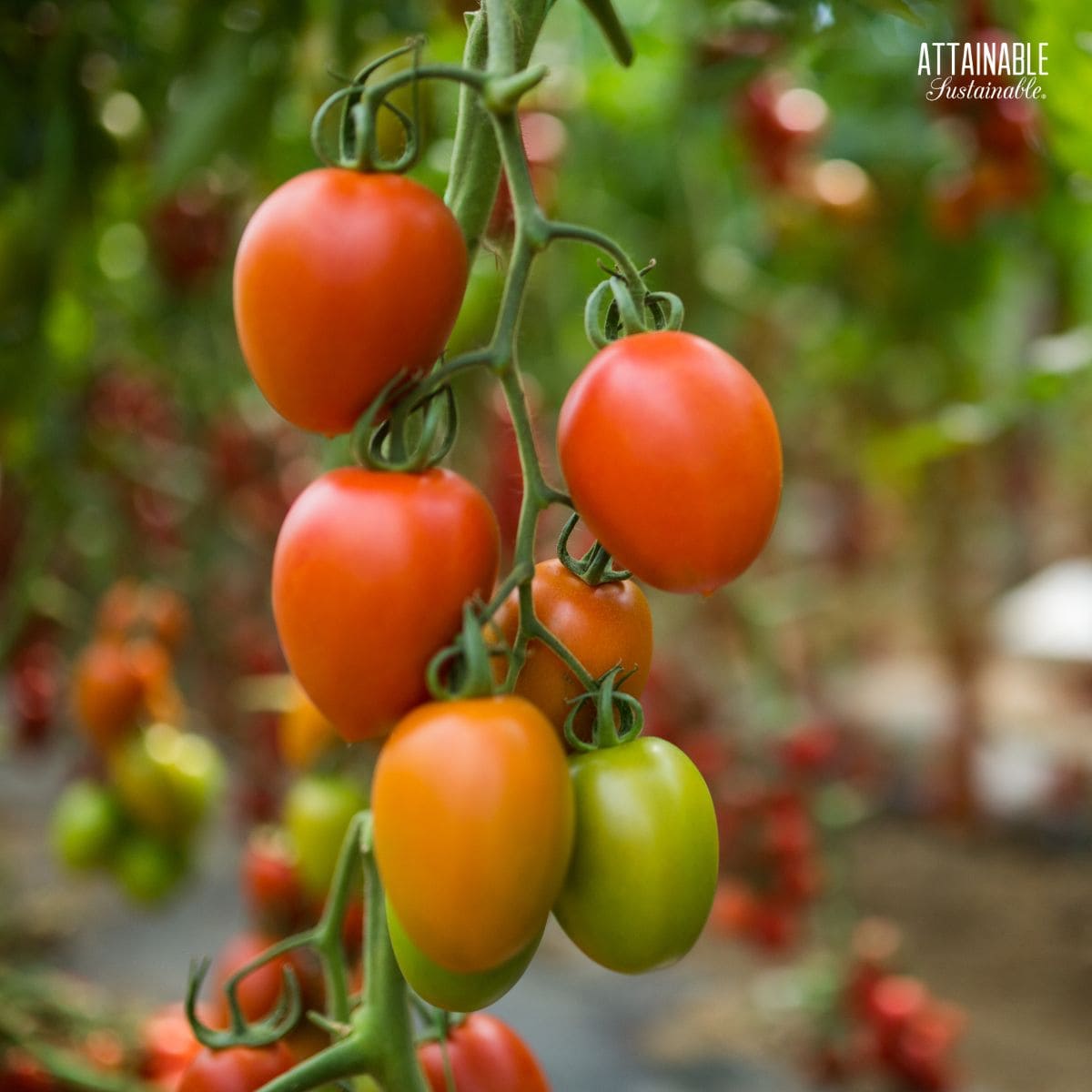
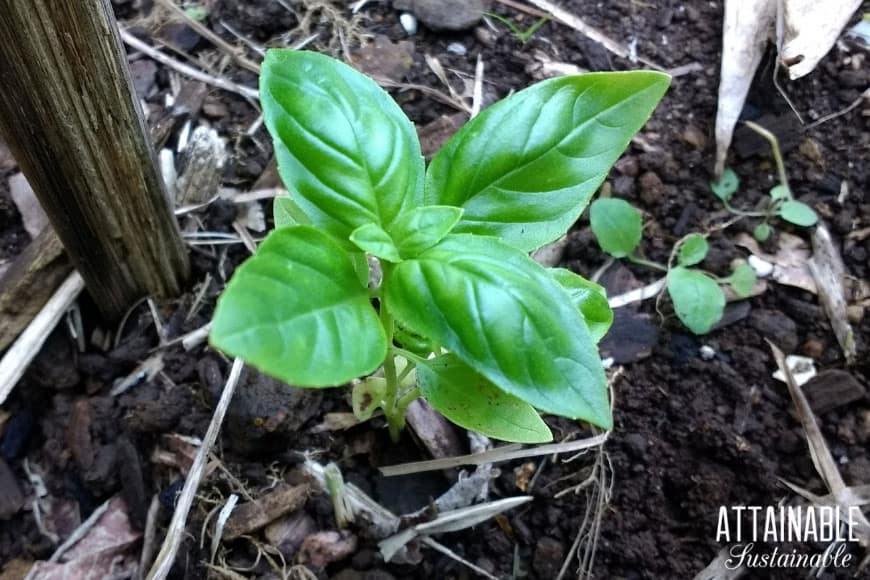

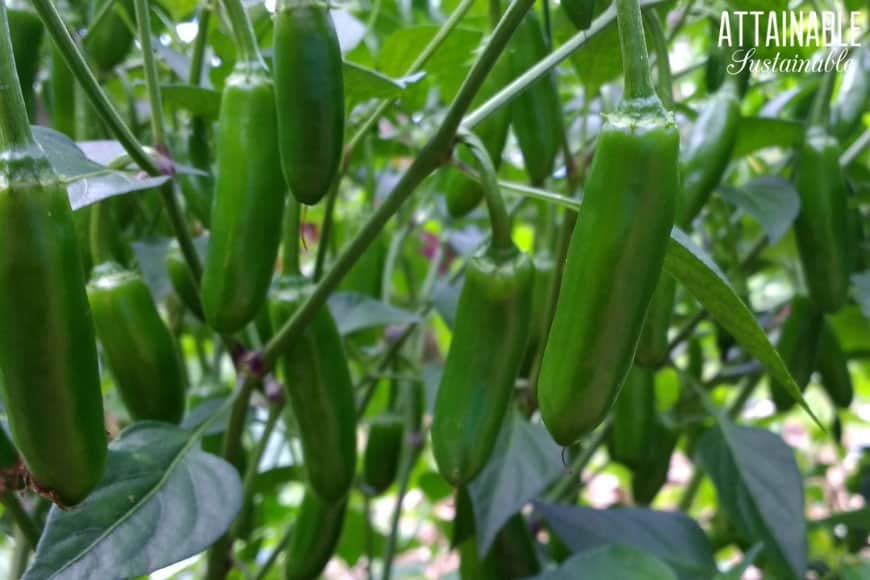
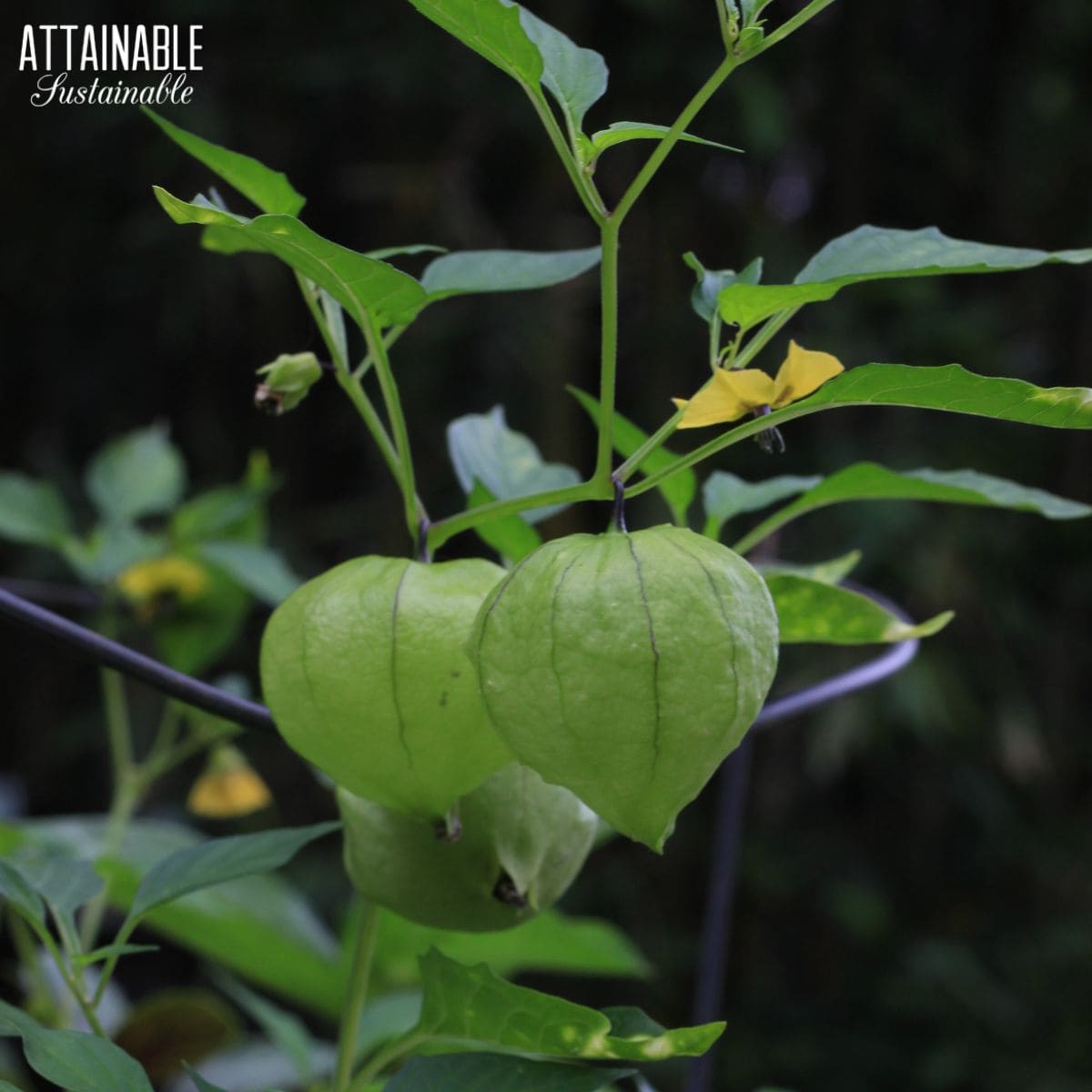


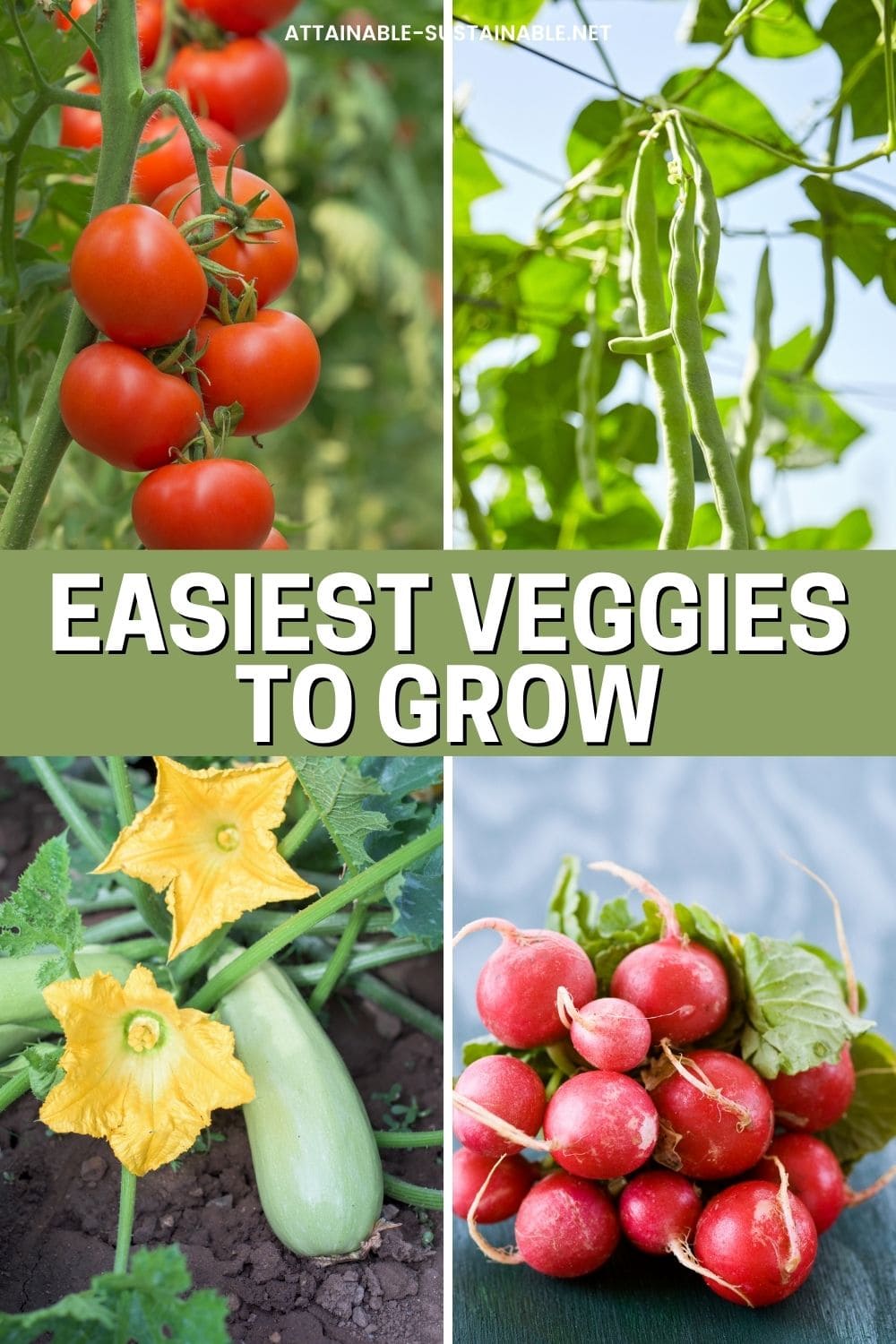





Figs! I know it’s not a veg, but thanks to you and some advice I’ve planted a few here in PA. They’re so easy to grow if you have a sunny spot. Just water them and protect them over the winter and you’ll get lots of fruit over the summer. My 2 fig trees keep me and a few neighbors happy. Thanks for your great tips.
Some super ideas
Although more than 3 years old, really nice post. I’m not a beginner gardener but I’m no master either. I must say. I do agree with your choices. Especially the early varieties are really easy.
Nice post. Keep up the good work
Potatoes, maybe not in the tropics. But there are so many variety’s. We just plant the eyes from when we peel our spuds. Here in Oregon I plant them when ever the wife saves them for me. Don’t pay much attention what time of year.
I’ve had great success with purple beans, much more so than the green and yellow. I love the fact that they are so easy to see when you’re picking that you can get them all and you don’t have a few hidden away that are sending signals to the plant to stop flowering.
I live in Victoria on Vancouver Island and it doesn’t get hot enough to grow peppers, which is a shame as I love them and I always can a bunch for winter stews and spaghetti meals. This year I’m thinking of getting a small greenhouse….one that’s mostly used to start plants, hopefully it will get warm enough in there to grow them. I have the mould issue on my squashes as well as we’re quite humid, so thanks Fay McArthur for your milk powder and water suggestion.
In Johannesburg, South Africa, it is summer now and my own garden is currently producing a glut of tomatoes and swiss chard, despite the current drought. I also grow zucchini, patty pans, beetroot, carrots, watermelon, cape gooseberries and coriander. The root crops are battling.
Cape gooseberries – we call them poha berry here in Hawaii. Love them. So do my chickens; they jump to pull them from the plant!
I find more important to me, is what will I be likely to eat? It’s no good for me to grow a great crop, if I won’t eat it. That said, I’ve had good success with the Three Sisters planting – corn, beans, and squash in a bed together. I like my potatoes grown in a tire stack. Most herbs. And if I can keep the slugs away, most greens and carrots do well for me.
Anyone know what’s fool proof in Denver Colorado, I’ve gardened in the central valley of California before, but am starting a patio raised bed (my soil is to hard and rocky) patio garden this year.
Squash–both summer and winter– is very easy in Illinois. I spoke to a gardener while traveling in South Carolina once who said he just couldn’t get squashes to do well in the southeastern climate. I also find peppers, hot or bell, extremely easy to grow, as well as string beans, sugar snap peas, beets, cantaloupe, eggplant, tomatoes. I have many cucumbers until about September, when the cucumber beetles find them. Does anyone have an organic solution to getting rid of them? I haven’t had much success.
In the Deep South- sweet potatoes, collard greens, field peas like blackeyed peas and crowder peas, hot chile peppers, roselles, cassava, sugarcane, and kale in the winter.
I have already failed at many of these and the rest are veggies I don’t use. 🙁
What would YOU consider “fail-proof” in your garden?
If you want to grow some tomatoes or peppers try putting small plants in a 2 or 5 gallon pot of good soil. And then put the plant in a large pie pan or aluminum roast pan and keep some water in the pie pan or roast pan and watch how great it grows. Other veggies grow good that way to and use window sunlight or put outside on table or ground! Believe me it works great! Also you can take used coffee grinds and spread on used newspaper so it can dry out. Then spread some around the plants and gently spray water arounbd so it soaks down to the plants roots. It really helps feeding the plants! Have fun!
Potatos! They are so easy. Last year was my first time gardening. I did container gardening because I lived in an apartment. They were so easy and yummy. I live in Alaska and gardening is interesting here.
I lived in Fairbanks Alaska and buying veggies there is very expensive because it is shipped from lower states! I grew many veggies in my basement. And believe me digging for a basement there was one hell of chore! Good luck with your future there!
another easy herb to grow from seeds is thyme! it germinates fast (~14 days) and is drought resistant! 🙂
I’ve never tried that one from seed – thanks!
I know all too well about too much zucchini! Apparently Ohio has the perfect growing conditions for it! One year I had so much I just carried a grocery bag of it where ever I went and gave it to anyone who would take it! I am growing almost everything on the list this year, so hopefully we will get bumper crops on everything!
Even though these plants are fairly straightforward to get started, many of them are prone to bugs/disease, as I learned my first year gardening. One way to help is to do polyculture (planting more than one thing), including flowers and other non-edibles. This helps create a mini ecosystem that, for example, attracts predator bugs to eat the aphids and spider mites that consume your edibles. Of course, this cannot prevent fungus and some other issues, but those you may just have to research when they happen. I actually just recently wrote about this briefly in my own blog, as well. https://www.mindbodymusings.blogspot.com/2014/05/patio-garden.html
Any Mould on veg or fruit, Thin the Plant so the air can get to all the leaves. Then spray with solution of Milk Powder and water. It will kill the mould and any fungal problems.
what is Milk Powder/
It was a shock to go from the West seasons to humidity of New Orleans and now back to the arid heat of southern Arizona! I have had to rethink all my previous learning, especially about seasons and which plants grow well. Best to contact your local extension agent for master gardeners/college agricultural dept to answer all questions from what to plant when, to soil quality to pests! A good tip from my father in law who is anxious to experiment where ever we move 🙂
Love the article topic but I would not classify tomatoes as fail proof, not in the Southeaster U.S., anyway.
for squash/zucchini/cucumber/etc.. you may take a paper bag and place over the fruit as it grows, firmly tape the bag shut around the branch. Fruits and most vegetables do not need light on the fruit of the plant, just the leaves. The paperbag allows the fruit to breathe but keeps out unwanted guests.
It’s not the fruit that gets in trouble with the little varmints…it’s the plant that these disease and mold carriers bring to the stalks and leaves…better to get something that is genetically resistant??
Why not try netting thrown over the plant after it has pollinated?
Squash is easy? Squash borers and squash bugs get my zucchini every time.
Same here in Houston. Can be tricky where it is humid and hot all summer.
I too have a hard time growing squash, so I planted some in October. As long as it doesn’t freeze I may be able to thwart the diseases/bugs! The plants are large and blooming, but still showing signs of mildew. We’ll see 🙂
Sometimes you’ve just gotta experiment!
thats what i call it.”Gardening through experimentation” LOL
If you plant radish amongst you squash it keeps most of the squash pests away! I had the same problem before I companion planted with radish. I harvest some to eat and leave the rest to keep the pests away.
That sounds worth a try!
Hi
where do you buy your seed?
I like Baker Creek Seed Company – rareseeds.com